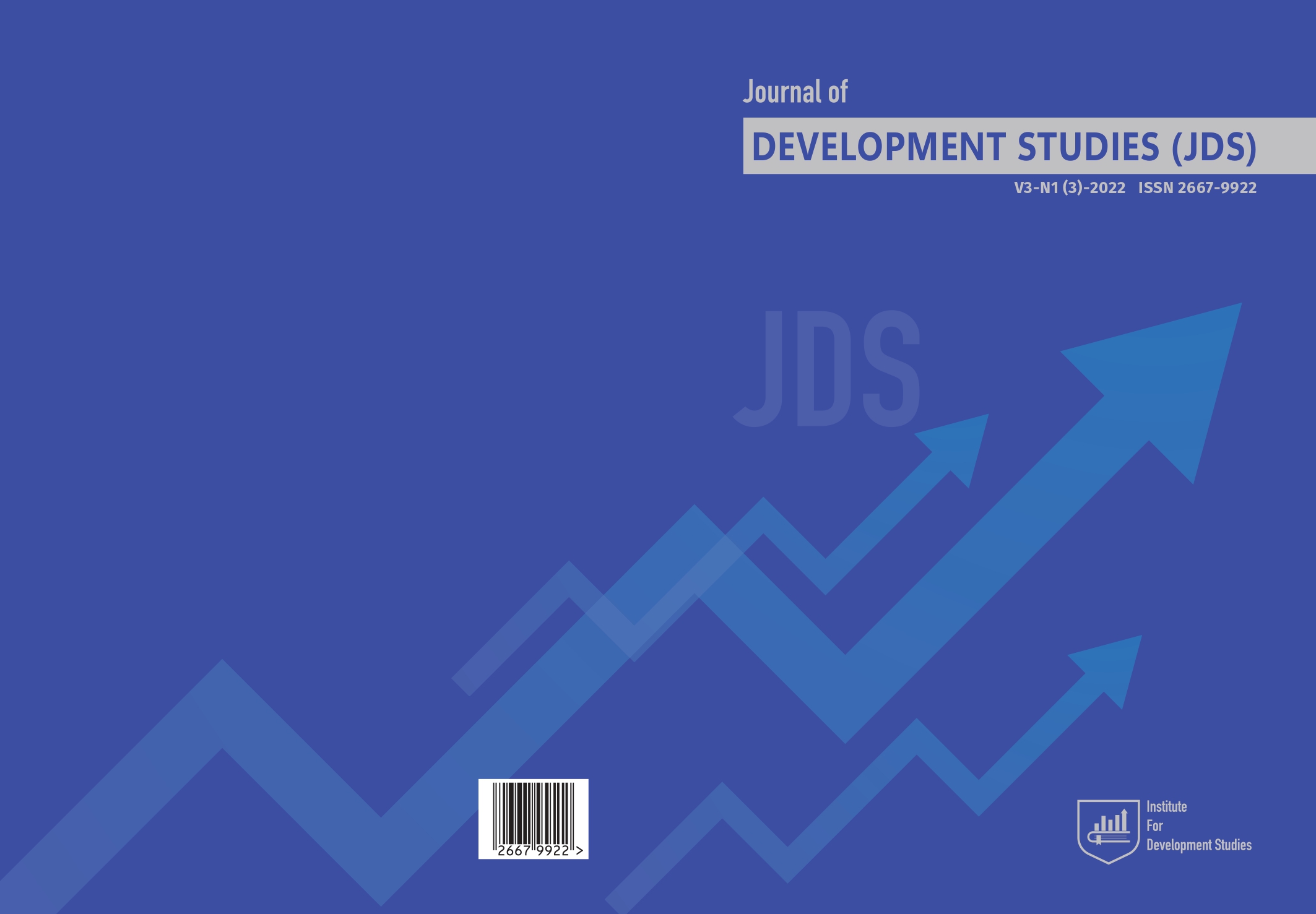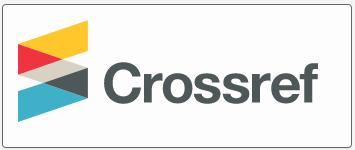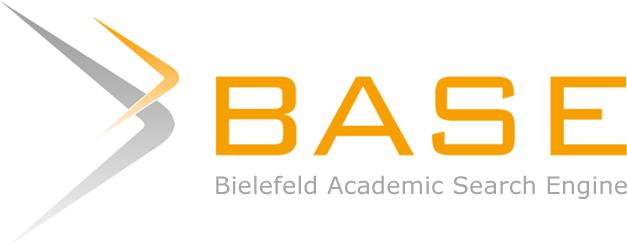The Impact of Online Learning on Visual Learners in the HEIs for Sustainable Development and Well-Being
DOI:
https://doi.org/10.52340/jds.2022.03.03.02Keywords:
Visual Learners, Online Learning, COVID-19 PandemicAbstract
This article examines the impact of online learning on visual learners- individuals who prefer to learn using visual aids such as diagrams, images, videos, and interactive simulations. With the rise of online education, it is crucial to understand how this mode of learning affects different types of learners, including visual learners. The article provides a literature review of existing research on visual learning in online environments and identifies the advantages and challenges associated with this approach. Additionally, the article highlights effective strategies for optimizing the online learning experience for visual learners, such as the use of multimedia resources and providing opportunities for social interaction. Ultimately, this article aims to provide insights into how online learning can be tailored to meet the needs of visual learners and promote their academic success.
Downloads
References
Al-Rawi, I. (2013). Teaching methodology and its effects on quality learning. Journal of Education and Practice, 4(6), 100-105.
Annie, P., Ndhlovu, D., Kasonde-Ng’andu, S. (2015). The challenges in teaching learners with visual impairment in Zambia. International Journal of Multidisciplinary Research and Development, 2(4), 157-166.
Artino Jr, A. R., Jones, K. D. II. (2012). Exploring the complex relations between achievement emotions and self-regulated learning behaviours in online learning. The Internet and Higher Education, 15(3), 170-175.
Axmedova, T. B., Kenjayeva, N. D. (2021). Advan tages and disadvantages of online learning.
Eurasian Journal of Humanities and Social Sciences, 3, 48-50.
Bonk, C. J., Zhang K. (2006). Introducing the R2D2 model: Online learning for the diverse learners
of this world. Distance education, 27(2), 249-264.
Cantoni, V., Cellario, M., & Porta, M. (2004). Perspectives and challenges in e-learning: towards
natural interaction paradigms. Journal of Visual Languages & Computing, 15(5), 333-345.
Clarke III, I., Flaherty, T. B., & Yankey, M. (2006). Teaching the visual learner: The use of visual
summaries in marketing education. Journal of Marketing Education, 28(3), 218-226.
Cook, M. P. (2006). Visual representations in science education: The influence of prior knowledge and cognitive load theory on instructional design principles. Science education, 90(6),1073-1091.
Drago, W. A., Wagner, R. J. (2004). Vark preferred learning styles and online education. Management Research News, 27(7), 1-13.
Elango, R. G., Gudep, V. K., Selvam, M. (2008). Quality of e-Learning: An Analysis Based on
e-Learners’ Perception of e-Learning. Electron ic Journal of E-learning, 6(1), 29-41.
Espinoza-Poves, J. L., Miranda-Vílchez, W. A., & Chafoque-Céspedes, R. (2019). The Vark learning
styles among university students of business schools. Journal of Educational Psychology-Propositos y Representaciones, 7(2), 401-415.
Fleming, N., Baume, D. (2006). Learning Styles Again: VARKing up the right tree! Educational
developments, 7(4), 4.
Fleming, R. W. (2014). Visual perception of materials and their properties. Vision Research,
, 62–75. https://doi.org/10.1016/j.visres.2013.11.004
Gilakjani, A. P. (2012). Visual, Auditory, and Kinaesthetic Learning Styles and their Impacts on
English language teaching. Journal of studies in education, 2(1), 104-113.
Gurung, S. (2021). Challenges faced by teachers in online teaching during the Covid-19 pandem ic. The online journal of distance education and e-Learning, 9(1), 8-18.
Ibrahim, A. A., Kadiri, G. C. (2018). Integrating mobile phones in teaching auditory and visual
learners in an English classroom. English Language Teaching, 11(12), 1-10.
Morelle, M., Tabane, R. (2019). Challenges experienced by learners with visual impairments in
South African township mainstream primary schools. South African Journal of Education,
(3), 1-6.
Murphy, R. J., Gray, A. S., Straja, A. S., Bogert, C. M. (2004). Student learning preferences and
teaching implications. Journal of Dental Education, 68(8), 859-866.
Prithwishkumar, I. J., Michael, S. A. (2014). Understanding your student: Using the VARK model.
Journal of Postgraduate Medicine, 60(2), 183.
Russell, S. S. (2006). An overview of adult-learning processes. Urologic Nursing, 26(5), 349-352.
Santo, S. A. (2006). Relationships between learn ing styles and online learning. Performance
Improvement Quarterly, 19(3), 73-88.
Siregar, M., & Haswani, F. (2020). Learner Types and Their Preferences in Learning English. Budapest International Research and Critics in Linguistics and Education (BirLE) Journal, 3(2), 777-783.
The VARK Questionnaire - How do you learn best? (2023). Retrieved from https://vark-learn.
com/the-vark-questionnaire/: https://varklearn.com/the-vark-questionnaire/
Wang, J. M., Mendori T., Hoel, T. (2018). Strategies for multimedia learning object recommendation in a language learning support system: Verbal learners vs. visual learners. International Journal of Human-Computer Interaction, 35(4-5), 345
Downloads
Published
How to Cite
Issue
Section
License
Copyright (c) 2024 Shorena Gogiashvili, Ani Demetrashvili

This work is licensed under a Creative Commons Attribution-ShareAlike 4.0 International License.














